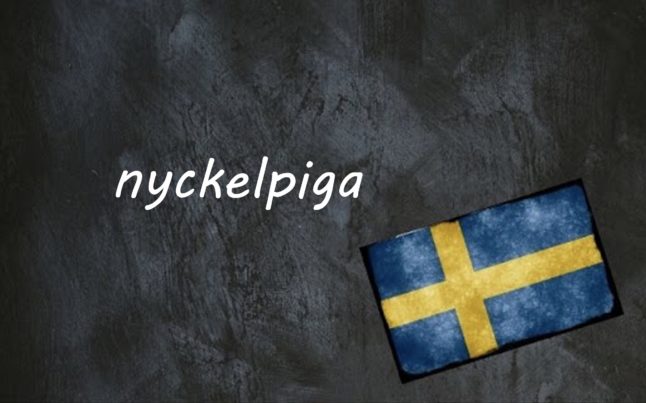Stuga is most commonly used to describe a small dwelling; usually smaller than the average house, often someone’s holiday home or second home, and could be translated into English as “cabin” or “cottage”.
It’s often used in the compound noun sommarstuga to refer to the many summer cabins that dot Sweden’s coastlines, forests and islands and serve as a holiday escape for many families.
But their use isn’t limited to summer and Swedes often also host their families their for celebrations at other times of the year, including over Christmas – usually only if their stuga is heated though, which isn’t always the case. Many of these cottages don’t have electricity or running water, but you’ll also find fancier stugor with all the mod cons you could wish for.
In this sense, the word stuga also conjures up lots of evocative feelings for Swedes. These are typically places of peace, comfort, and mysig-ness or cosiness, much closer to nature than city apartments.
The word is also sometimes used to describe a room, often one with a specific purpose: a tvättstuga (laundry room/building) might be a separate building but can also be used to talk about a room in a house, a förstuga is a porch or hall, and bastu (sauna) is a shortening of badstuga literally meaning “bathing room/cottage”.
The word stuga comes from the Old Swedish word stuva from the even older word stofa.
They have descendants in other languages too: Icelandic stofa means “living room” as does Norwegian stue (which earlier meant “small house”) and English “stove” (which earlier meant “heated room” and only later came to refer to one of the devices that did the heating) is also related. While these modern words might refer to different parts of the house, they all retain the connotation of homeliness.
Examples
Vi har en liten stuga i skogen
We have a little cottage in the woods
Hennes dröm var att bygga en egen stuga
Her dream was to build a cottage of her own



 Please whitelist us to continue reading.
Please whitelist us to continue reading.
Member comments